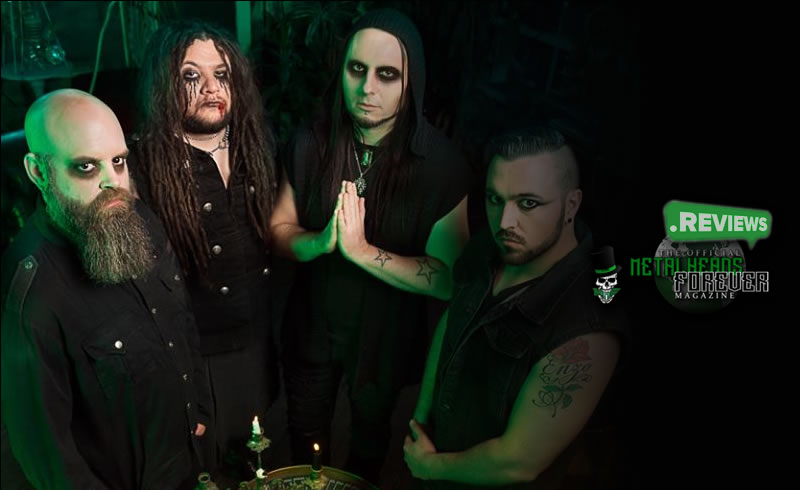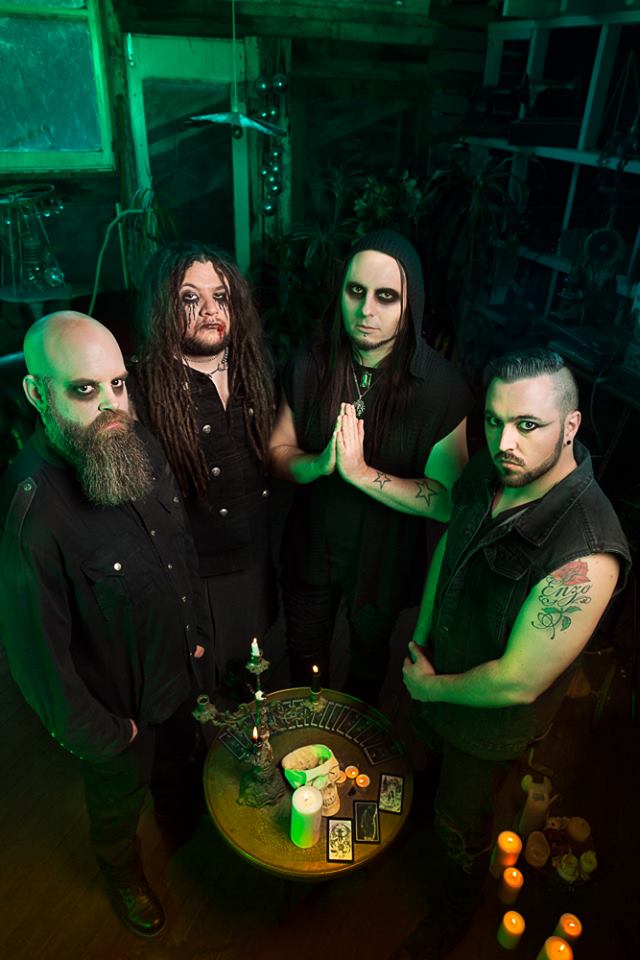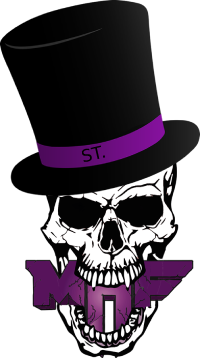“Our Last Enemy” By Michael Aronovitz
Pariah, Spitfire, National Tours, and Overall Brilliance
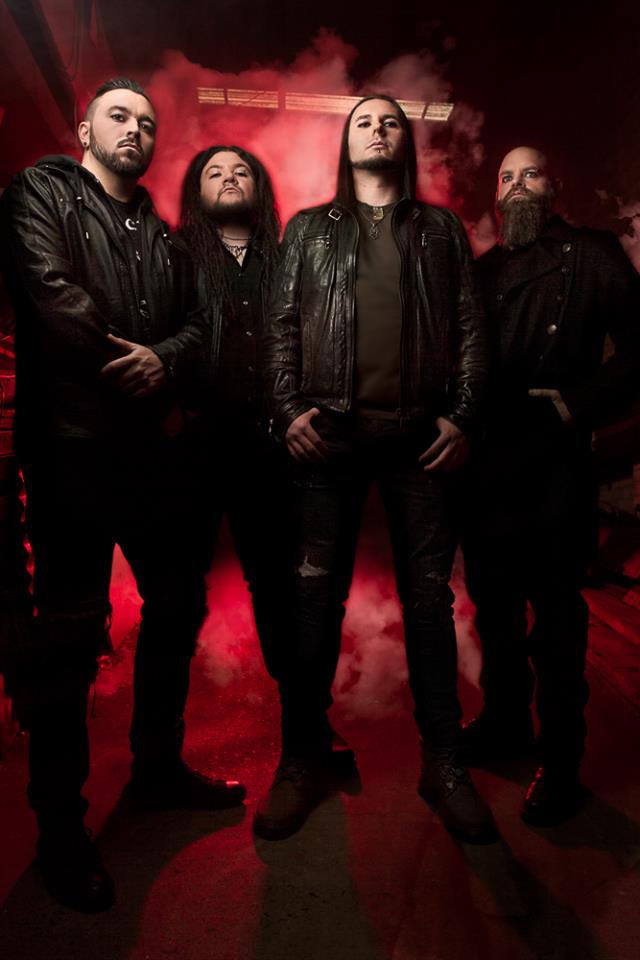 I love horror stories, I am a metal-head, and the construction of this particular aesthetic is executed no better than through the music of Our Last Enemy. The first exposure I had to this stunning project was a year and a half ago when I had the privilege of analyzing their album Pariah, and I was actually so struck by the power of this particular record that much of my review turned out to be a discussion of horror in general and the manner by which Our Last Enemy redefined it. In this, I fear that I might have come off as overly philosophical, actually drawing attention away from the band itself and the intrigue of their unique brand of exotic dark architecture.
I love horror stories, I am a metal-head, and the construction of this particular aesthetic is executed no better than through the music of Our Last Enemy. The first exposure I had to this stunning project was a year and a half ago when I had the privilege of analyzing their album Pariah, and I was actually so struck by the power of this particular record that much of my review turned out to be a discussion of horror in general and the manner by which Our Last Enemy redefined it. In this, I fear that I might have come off as overly philosophical, actually drawing attention away from the band itself and the intrigue of their unique brand of exotic dark architecture.
The first thing I noticed about the record was that Oliver Fogwell demonstrates a growl, or scream-vocal, that comes through a variety of lenses. On the fourth track, “Internus Diablos Verni,” for example, the long cries have two dimensions – a high and low register that are both somehow (almost magically) delivered simultaneously – whereas the verses are discharged in hearty mid-range with percussive enunciation. Through the body of the bridge, there is a tortured quality to the vocal that is used as a clever transition to the song’s gut-wrenching vocal resolution, like the shreds and tatters of a dream echoing in the darkest corridors of some lost, haunted psyche…and that’s just the vocal!
By track three, “10,000 Headless Horses,” the listener is also addicted to the rhythm tracks, as that aspect is not only multi-dimensional as well, but produced with a flair of sweet dichotomy, both velvety in a way that is of almost fairytale quality, and at the same time sharp as a fucking blade on a scalpel. It is as if we are infused with something rich and powerful and ultimately dark in a manner that incites primal joy. A piece of this is the production, but most of it is in the song writing. Each tune on this record is unique in its own way and at the same time a pillar supporting an overall theme of beautiful destruction and nightmarish wonder.
I am a college professor of English, so whenever I determine whether or not a new work of art is a “classic,” I approach the study with a few basic questions. Of course, it’s got to be “good.” There should also be a quality of timelessness, and Pariah certainly meets both qualifications. Still, the most important features of a classic are not so simplistic. The work must first be a springboard for our talking points, not just “relevant,” but connecting by feel and grass roots to our own personal experiences. In this, the band uses dark metaphor as a foreground for the horrific rather than the easier and more politically correct “background that incites by suggestion.” Just watch “10,000 Headless Horses” and “Devour the Sun” for proof that Our Last Enemy doesn’t just “represent” what they mean, but rather, they graft themselves to the heart of the emblem. Plainly, they are the purest mix of horror and metal on the planet, and you can’t listen to them without feeling them in the blood. And instead of measuring this with piecemeal analysis, just go with what you think about nuclear holocaust after “10,000,” or how you view truth and reason following “Devour.” Evidence is in the optics, of course, but the proof is always in your gut, the roots of your hair, the base of your spine.
The other all-important standard for making a classic work is never forgetting where you came from. I am a firm believer that an artist does not succeed in hacking new wood so to speak without recognizing the fortresses built further back in the timeline. Of course, there are valid pieces of art based solely on current popular culture, and they may very well become best sellers (or go platinum), but they will not stand the test of time wearing blinders. To create the new you must recognize the traditional masters, for when they went to make their mark on the world, that “world” was modern, the concerns of the day were relevant, and they determined the very state of the art.
It is no coincidence then, that the first official horror story on record was Macbeth, written by William Shakespeare for King James, who was terrified of females who practiced black magic. Shakespeare’s “slasher” debuted in this powerful monarch’s private court with witches making prophecies right there in his face, and it stands as one of the boldest live presentations of the macabre in all of history. And so it is no coincidence that while there are 10,000 Headless Horses referred to in Pariah, there were exactly 10,000 English soldiers that stormed Macbeth’s castle to defeat him. Both pieces feature witches (“Devour the Sun”) and howling canines (“Wolves of Perigord”), and the burn victim who pops in and out of the “10,000 Headless Horses” video is strikingly similar in horrific effect to the ghost of Banquo appearing and disappearing all through his murderer’s celebratory banquet. Moreover, the concept-idea in Pariah is that a tortured soul is reincarnated into time slots of chaos in a never-ending cycle, while at the end of Macbeth, the dead King’s son Malcolm gives every indication that he will make the same fatal mistakes as did his father.
Needless to say, Pariah is one of my all-time faves.
And their latest release, a cover of “Spitfire” originally offered to us by The Prodigy (2004), is absolutely electric. It is clear that Our Last Enemy made this particular move for a couple of fundamental reasons, and the first, is that The Prodigy’s version rings similar in theme to much of what Our Last Enemy uses for thematic backdrop themselves: war and devastation. The Prodigy video is also extraordinarily heavy, filled with horrific images such as masks being ripped off those with raw animalistic features, battlefield bombs exploding, and skulls superimposed on the faces of beautiful girls in the audience. Moreover, there is a distinct dance-vibe, which seems to translate ever so well to Our Last Enemy because of said rhythm section known for such razor-sharp execution.
I always thought that with the right inflection, hard dance music translated well into the dark metal realm. No one understands this as well as Midnight Furie, the Spin Goddess running things over at Crowzone Radio in the UK with her show “The Midnight Hour,” Fridays 4pm EST, UK time 9:00pm. Her model is a half hour of hard-ass dance transitioned to a latter half hour of bad-ass, horror soaked metal, and I am going to suggest to her as soon as I am done writing this piece to play “Spitfire” by Our Last Enemy” as the perfect junction at the 29 minute mark!
The version Our Last Enemy has put out there is startling. It plays off the original almost as if a modern soundtrack based on a well-loved novel. Both versions are “tight,” yet Our Last Enemy takes the theme and absolutely drills it in sharp, hard, sweet syncopation. The world class rhythm section and velvety heaviness Bizz (guitar) superimposes on it are so very precise and smoothly produced, that they make the beauty of the empty spaces play like instruments themselves. It is also exciting when Zot (drums) fills those same spaces with his special breed of chock ‘n gravel hummingbird 16ths at the 1:51 mark following an awesome transition of anticipatory feedback. In terms of the specific recording techniques and the magic we make with our beloved machines, Our Last Enemy teamed up with the massive industrial act Shiv-R, and it is easy to appreciate the expertise in the overall production.
Once again, the brilliance of this band is best exemplified in the dynamics. Not only do they come to climax through genre and percussion, but Fogwell’s vocal again gives us the pleasure of its barely tamed power and distinctive diversity. Through most of the song we are wrapped in his high-end version of the scream-vocal, only to be thrilled by the throaty low register at the 3:44 mark, making our spines buzz.
Our Last Enemy just finished their Australian National Tour, and from what I hear, the shows were amazing. I wish I could have been there. When they tour the states, you can bet your sweet ass that I will be.
Michael Aronovitz is a horror author who has published three novels, two collections, more than thirty short stories, and a number of horror and metal reviews. His first novel “Alice Walks” is out in E-book form through Cemetery Dance Publications: http://tinyurl.com/y9fkxjhv
The lineup that recorded the “Spitfire” cover:
Oliver – vox
Matt – Bass/vox
Bizz – Guitar
Wade – Guitar/production
Pete Crane (from Shiv-r) – electronics/production
Zot – Drums/electronics/production
PS – As an added feature, I wanted to help celebrate these recent months for Our Last Enemy, not only in reference to their new single, but their Australian National Tour. To do this I had Oliver put together highlights from each of the cities Our Last Enemy recently played, and I left it in his voice, no paraphrase. First however, to be clear about our cast of characters, Our Last Enemy has been fortunate enough to have a rotating pool of master-artists forging the Our Last Enemy sound fans love so damned much!
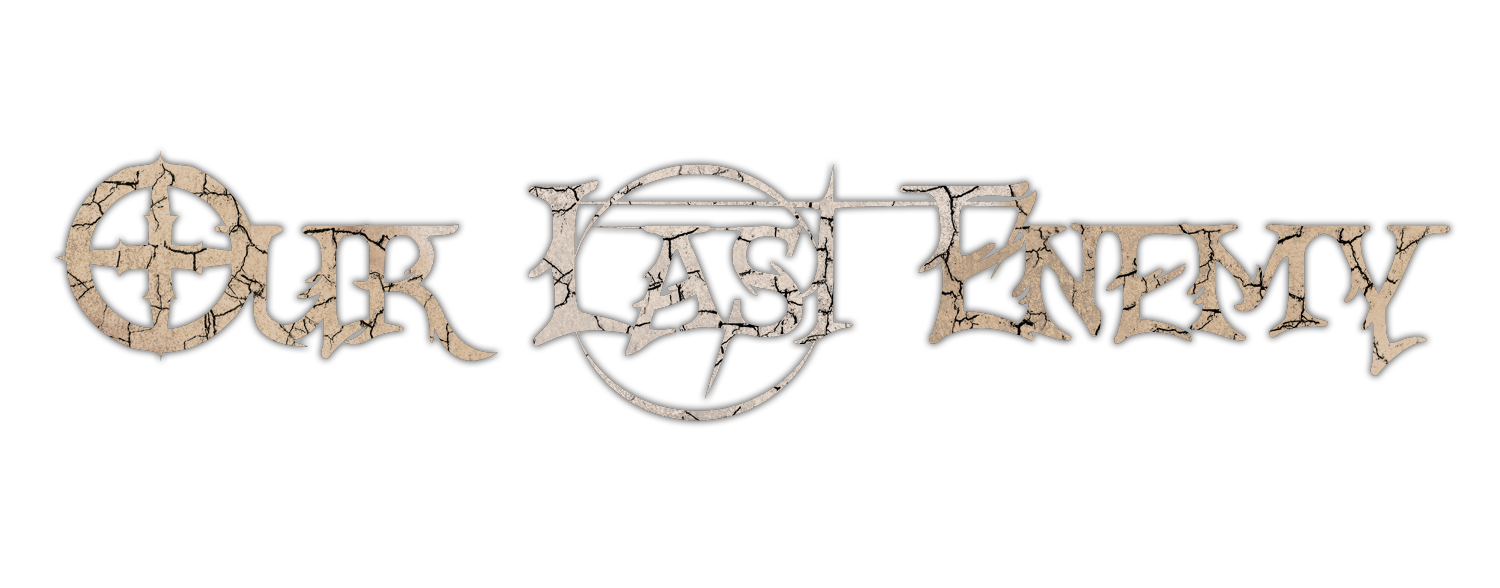
Michael Aronovitz / MHF Magazine

